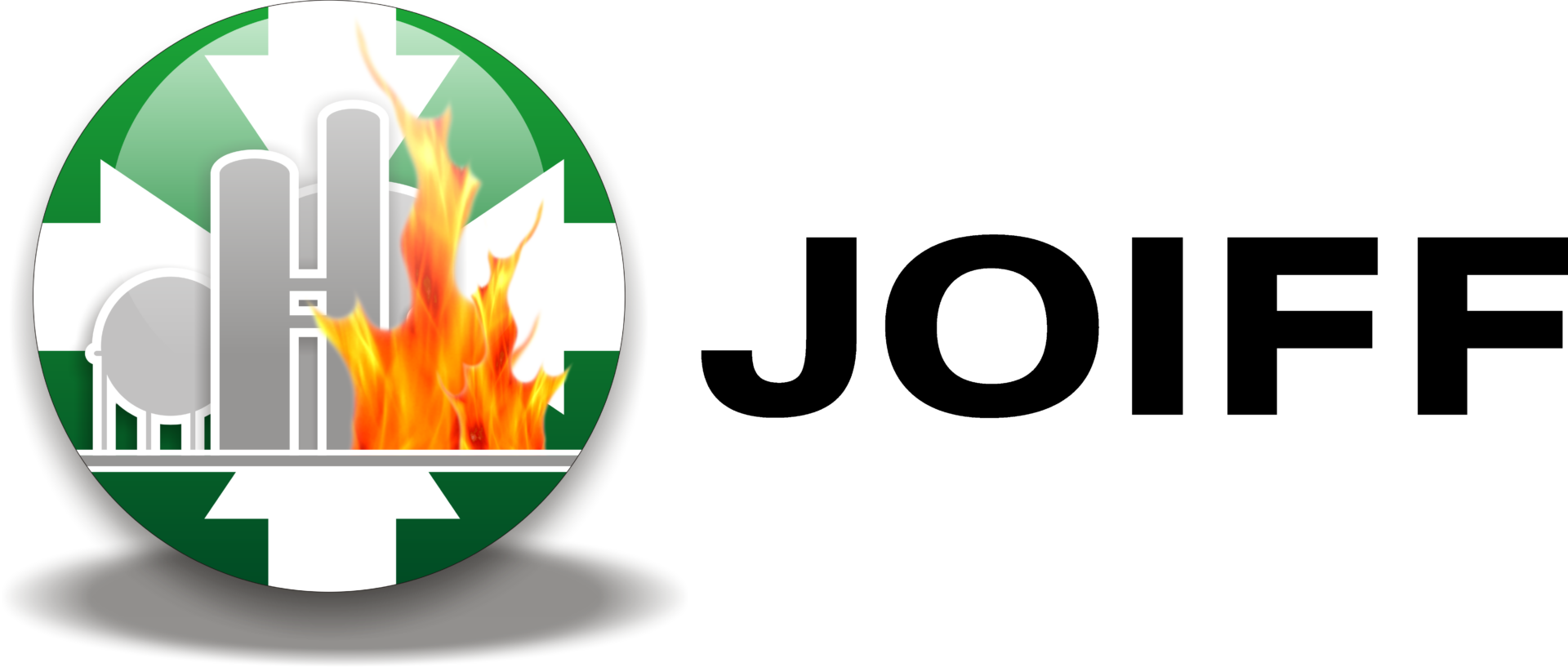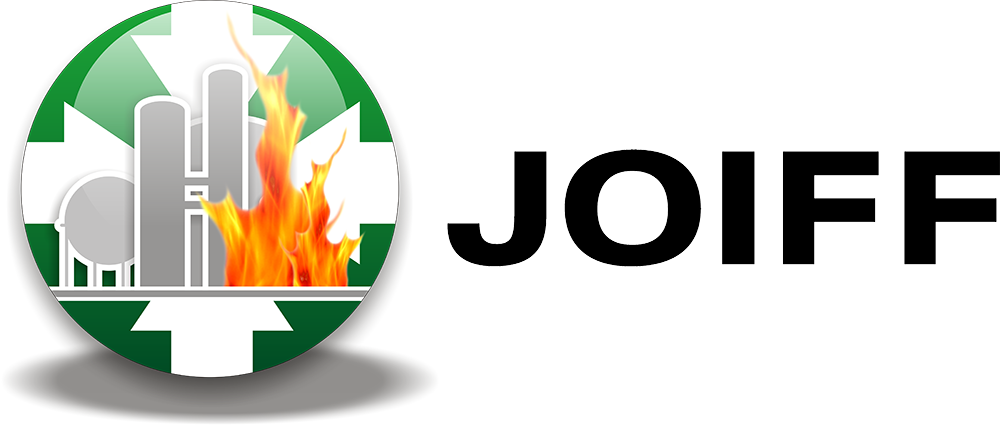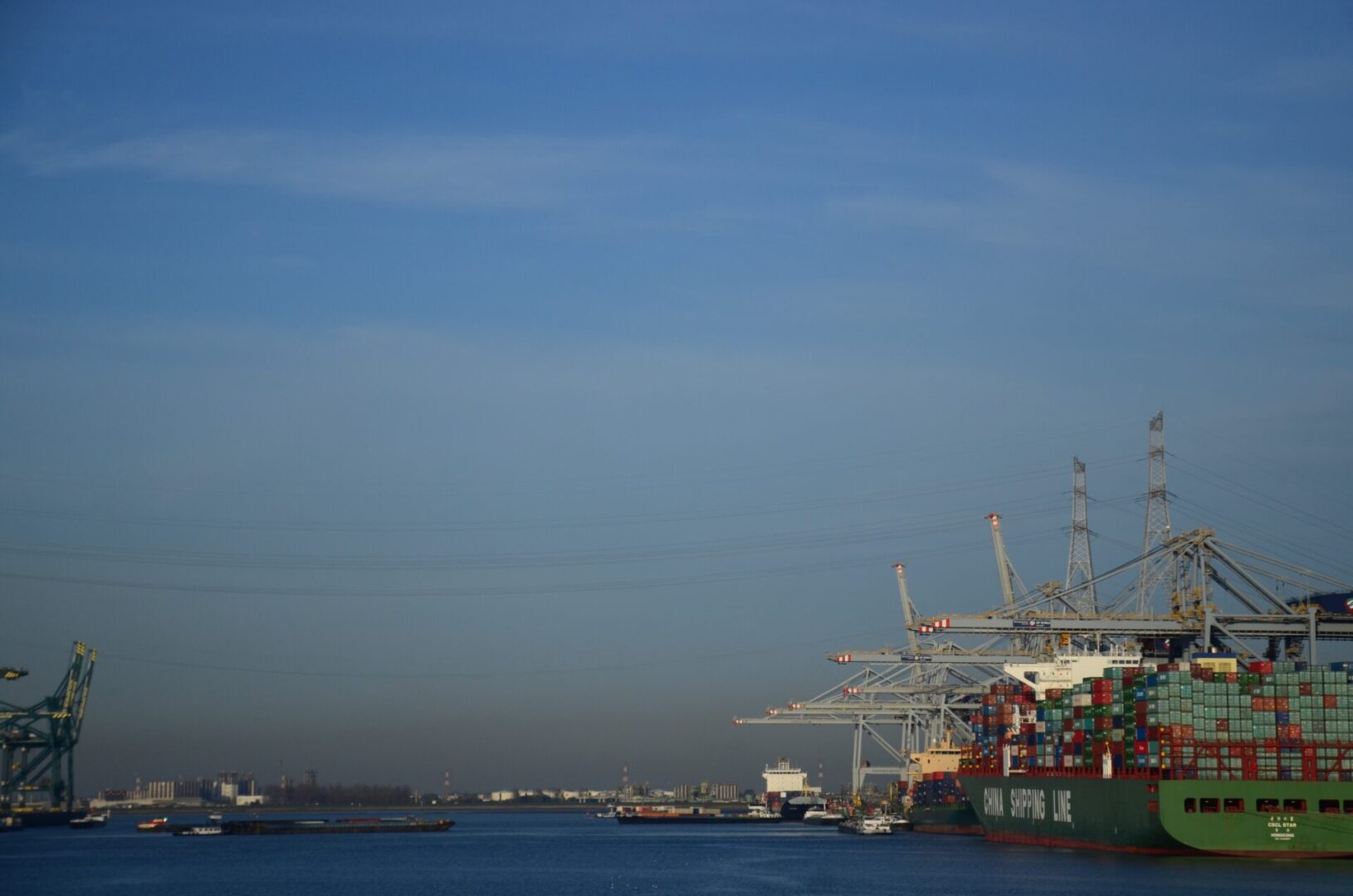Timely Intervention by Polish Tanker Driver and Local Fire Service Prevents Disaster at Antwerp Port
In the early hours of Wednesday, an imminent catastrophe was narrowly averted at Antwerp’s Waaslandhaven in Kallo, all thanks to the vigilance of a Polish tanker driver and the prompt response of the local Fire Service. Transporting 27,000 liters of petrol, the driver swiftly detected a technical malfunction in his trailer shortly after departing from the Esso oil refinery, setting the stage for a critical emergency response. This incident, which had the potential for a major disaster, underscores the crucial significance of quick reflexes and efficient emergency services in safeguarding public safety.
Prompt Identification of Hazard
As the driver passed the Liefkenshoek Tunnel toll booths on the route to France, he noticed an anomaly with his trailer. In an effort to address the issue safely, he exited the motorway, but unfortunately, one of the trailer’s tires burst into flames. Demonstrating exceptional composure, the driver endeavored to extinguish the fire himself while promptly alerting the Fire Service. Commander Thierry Van Goethem of the Waasland Fire Service later commended the driver’s actions, recognizing his awareness of the hazardous cargo and his appropriate response to the crisis.
Immediate Response and Containment
The Fire Service’s swift arrival was pivotal. Firefighters promptly gained control over the fire, thereby averting what could have been a catastrophic event considering the substantial volume of petrol involved. This incident not only highlights the efficiency and readiness of the local emergency services but also underscores the inherent risks associated with transporting hazardous materials, despite meticulous precautions. It serves as a stark reminder of the fine line between routine transportation and potential disaster.
Significance for Hazardous Material Transportation
This event prompts critical reflection on safety protocols and regulations governing the transportation of hazardous materials. While the quick thinking of the driver prevented a disaster, it emphasizes the necessity for rigorous safety measures and ongoing training for individuals engaged in the transportation of potentially hazardous goods. References to resources like FuelLogic.net stress the importance of acquiring HAZMAT endorsements and adhering to specific regulations to mitigate such incidents. The incident at Antwerp port presents a vital case study for enhancing safety standards within the transportation sector.
Through the combined efforts of the tanker driver and the Fire Service, a major crisis was averted, underscoring the importance of vigilance, swift action, and the efficacy of emergency response protocols in handling hazardous materials. As the situation stabilizes, the incident at Waaslandhaven serves as a poignant reminder of the risks associated with fuel and other hazardous material transportation, emphasizing the continual need for education, training, and preparedness among those tasked with such responsibilities.
Image source: Offshore Energy


